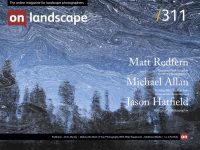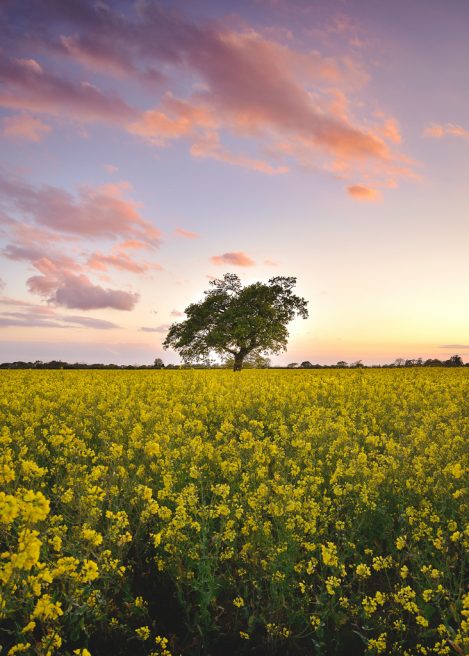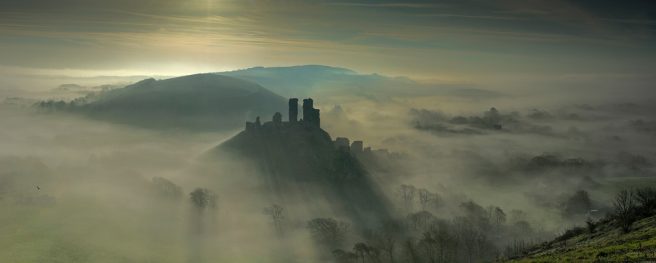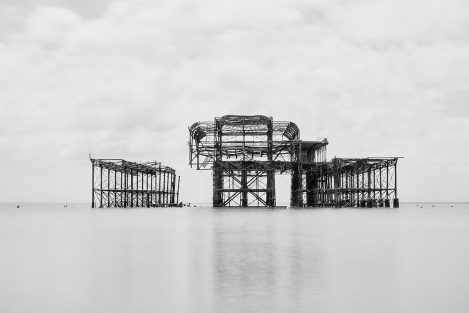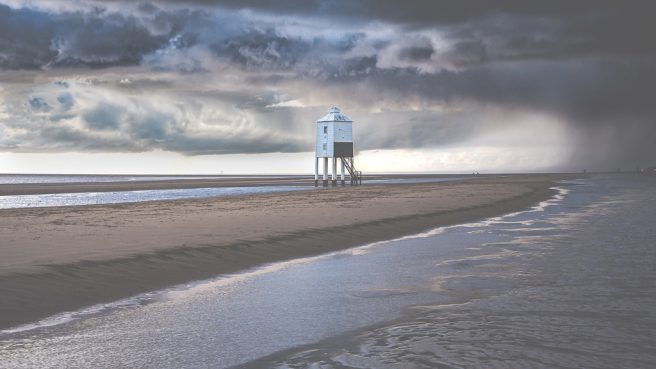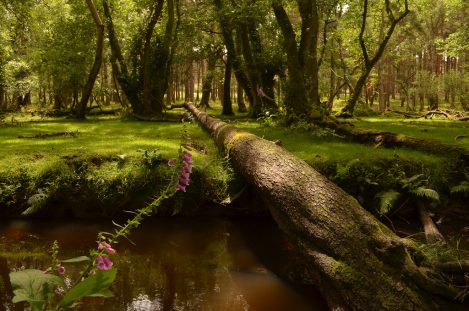The skill of the person behind the lens

Matthew Wardle
Matt is a landscape photographer based in the New Forest. Originally from Manchester, he moved to Hampshire 14 years ago and never looked back. His love for the landscapes and coastlines of the UK takes him around the south coast, where he strives to capture the beauty of this area. Matt also teaches workshops and has been published in magazines throughout the country.
matthewwardlephotography.co.uk
Since the dawn of the digital camera, companies have been researching, developing and releasing technology that keeps us all dreaming of what we could have.
Each year, our favourite brands launch a model that supersedes the one you have previously spent your hard-earned money on, leaving you wanting to upgrade or feeling you might be missing out.
Without a doubt, the cameras available nowadays are amazing. Even at the entry level point, cameras are 24 megapixels, 4k video, with stabilization so good, you could take a 2 second exposure while standing next to an exploding volcano.
With all that hype comes the cost. Spending £1,600 on a compact camera with 40 megapixels or £6,000 on a 60 megapixel body is not something that the vast majority of amateur and professional photographers can justify.
Over the past 14 years as a Landscape Photographer, I have had a fair share of new cameras, most recently the Fuji XT-5. An amazing camera without a doubt, but here is the thing: as much as I loved the XT-5, did I really need it?
For anyone who is starting out in photography, it can be expensive, but why should it be?
With new cameras being launched every few months, the second hand market is awash with bargains, no matter what your budget is.
You could easily spend less than £400 on an excellent camera and a lens or two and as DSLR cameras seem to be slowly being replaced by mirrorless camera systems, the sought after Nikons, and Cannon bodies and lenses from the past five years are readily available at much lower prices than the brand new entry level cameras.
Since going digital, I must have had about 20 different bodies, and I can honestly count on one hand which ones I have loved. The Nikon D700, D7100, D750, and the Fuji XT1, which I bought new, are the three that stand out. I am not saying the others were not good—far from it—but once a camera ticks the boxes for you, why change?
The images I got from these were exceptional, and when I look back on them, I still see the quality and details that were captured at the time. This made me think: If I was getting the best images, then why should I upgrade to the newest kit?
Even though I had the XT-5 and the 100-400 as well as the 16-80mm, I knew that if I ever wanted an additional lens, I would have to spend more than £600 on a decent second hand lens, and this was more than a used Nikon D750 on MPB.
In a weird way, I wanted to future proof myself by buying older gear, well at least for the next 3- 4 years. I needed a good selection of lenses at my disposal for my Landscapes and any freelance work I do, I also needed a body I knew would produce the best results when I needed it to, so I decided to trade my Fuji kit for a D750 plus 4 lenses.
Yes, there are downsides. Weight is the main one. However, it is not a game changer, and there is very little else that I can think of that compromises what I had with the XT-5.
I can still print images of the same size as I did with a 40 megapixel sensor, I can still produce images for magazines, and I can still explore the great outdoors with my DSLR.
Buying older gear might seem like a backwards step for many, and if you are a professional and making a good living from it, I totally get it; you may well need the latest and greatest kit, and I am not saying that new cameras are not excellent, they are.
But for those who are not, those who are on a budget, those selling prints, those working the occasional freelance shoot, and those that just want to go out and photograph. I honestly think buying second hand is the way forward, and for less than £1,000, you could get yourself an excellent bit of professional kit for less than a new entry level camera.
In a world where we are all trying to save money, buying second hand is a very good option, places like MPB offer an amazing range of used cameras and lenses, all have been checked and rated, so you know exactly what you are getting, there is also an option to trade your current gear, making it not only a great way to get your hands on great gear, but also help out with the environment.
Landscape photographers that we all know and love, have created some of their best portfolio shots many years ago.
For example, anyone who has looked at Ansel Adams images can see the quality and details in his work, at the time he used the best kit he had, 80 years on and these images still live on as some of the greatest landscape images of all time.
All these images were taken with what is now an older kit, surpassed by modern sensors and updated stabilisation. Yet these images will live on as classics.
A great photograph is created by someone who knows how to use a camera, knows how to compose a shot, knows how to wait for the light, and much, much more. It is not the technology; it’s the skill of the person behind the lens that makes it.
Cameras are a wonderful tool, but just because it is the latest and greatest tool, doesn’t mean it will take any better pictures, that bit is down to you.

